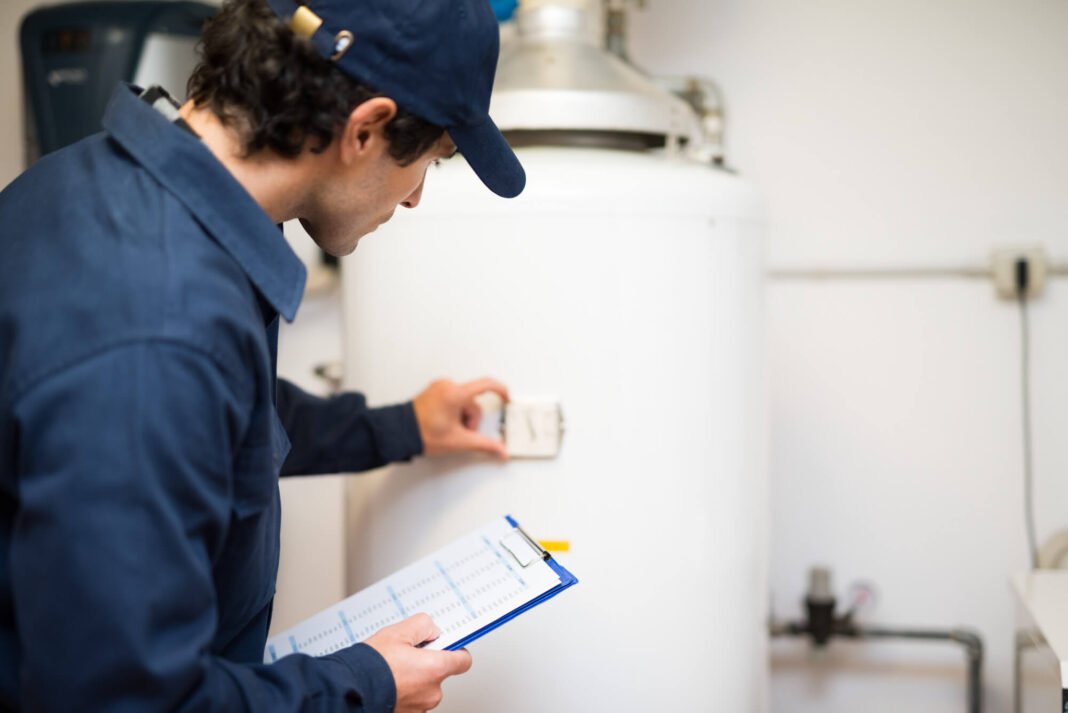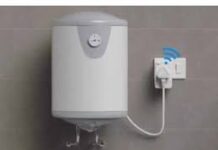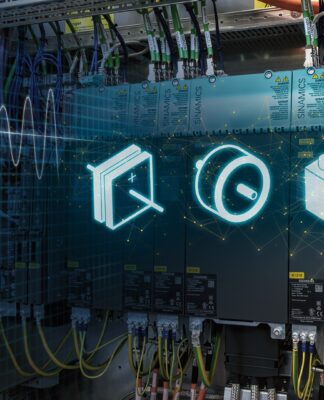In the contemporary landscape of technology, smart homes have emerged as the epitome of convenience and efficiency, seamlessly integrating our living spaces with advanced automation. At the heart of this transformation lie intricate electrical systems designed to simplify our lives and enhance security. To understand the magic behind the scenes, let’s delve into the operating principles of smart home electrical systems with AKIA SMART HOME!
Structure of a smart home
A fundamental smart home system comprises two primary components: central control devices and end devices.
Central control devices serve as the brains of the operation, orchestrating the entire network. With the central control device, you can remotely control electrical devices through a mobile app, set up various commands, or create automatic scenarios. Some commonly used central control devices nowadays include the SwitchBot Hub Mini, Aqara Hub M1S HM1S, Vconnex Gateway, and more.
On the other hand, end devices encompass a wide array of electrical appliances, each intelligently controlled by the central hub. These devices range from safety plug sockets for electric floats (ổ cắm phao điện chống giật thông minh) to automatic curtains, lighting systems, water heaters, stoves, and surveillance cameras, offering comprehensive automation and security solutions for modern homes.
Furthеrmorе, for a smart homе to opеratе еfficiеntly, you nееd to connеct thе dеvicеs insidе your homе to thе cеntral control unit. This procеss is quitе simplе and comеs with specific instructions in thе accompanying documеntation, allowing you to do it yoursеlf without thе nееd for tеchnical assistance. Oncе you’vе complеtеd thе sеtup and connеctions, you can crеatе custom automatic scеnarios to suit your family’s prеfеrеncеs and nееds.
Types of smart home electrical system connections
Currеntly, thеrе arе two typеs of smart еlеctrical systеms for homеs on thе markеt: wirеlеss smart еlеctrical systеms and wirеd smart еlеctrical systеms. Each type of connеction has its advantages and disadvantages.
Specifically, with a wired smart electrical system, devices are connected using electrical wires or cables. While these connections offer robust reliability and often boast faster response times, the installation process can be labor-intensive and might not be as adaptable as their wireless counterparts.
As for a wireless smart electrical system, devices are typically connected using various types of waves, such as Wi-Fi, Zigbee, Z-Wave, and Bluetooth. This type of smart electrical system has a relatively simple installation process and offers high aesthetics. However, this type of connection demands regular battery replacement, and the connection speed and responsiveness can be affected by the distance and environmental obstacles between devices.
Choosing between these systems depends on individual preferences, existing infrastructure, and the specific requirements of the smart home setup.
Wireless smart electrical systems are currently favored due to their high aesthetic appeal and convenience
Operating principle of typical smart home devices
To gain a clearer understanding of the electrical system in a smart home, you can refer to the operating principles of some typical devices below:
Door sensor
It’s an essential device in a smart home security system, working on a wireless connection through the central control device. One of the standout and widely used door sensors is the Aqara door and window sensor (cảm biến cửa ra vào và cửa sổ aqara). When someone intrudes into the house, this sensor sends a signal to the central control device. At this point, the central control device processes and transmits the data to your phone, iPad, and so on to notify and activate the “anti-theft” device system. This simple yet effective mechanism ensures enhanced security and peace of mind.
Smart Switch
It’s a device that allows users to remotely control the on/off functions of electrical appliances in their home, such as lights, air conditioners, water heaters, and so on through a smartphone, voice commands, or automated scenarios. For example, when you come home and create motion, a smart switch with motion sensors will detect the signal and automatically turn on the lights,…
Smart Socket
This is a device that has a similar appearance to a regular electrical socket but is equipped with Wi-Fi, Bluetooth, or Zigbee connectivity. This device allows users to monitor the status and remotely control the on/off functions. This device can also make regular electrical appliances like fans and kettles smarter. Specifically, you can plug a fan into a smart socket to schedule on/off times or create scenarios like turning on the fan when you open the door (through the central control device),…
Some typical smart electrical devices include smart electrical sockets, door and window sensors, and smart switches
In summary, the operating principle of smart home electrical systems revolves around seamless communication, intelligent automation, and user-centric control. Hopefully, with the information shared by AKIA SMART HOME, you can make an informed decision on whether to install a smart electrical system in your home and determine which devices to invest in to best meet the needs of yourself and your family.
| AKIA SMART HOME is a reputable provider of smart home devices from renowned brands such as Xiaomi, Aqara, and Yeelight. With a wide range of products, including hubs, smart sensors, smart switches, smart door locks, smart plugs, and more, AKIA SMART HOME helps you transform your home into a modern, safe, and convenient space. Smart your home – Enjoy your life! Contact information: . Hotline: 0342 614 161 . Add: 132i Vo Thi Sau Street, Vo Thi Sau Ward, District 3, Ho Chi Minh City . Website: https://akia.vn . Shopee: https://shopee.vn/akia_smarthome . Fanpage: https://www.facebook.com/akiasmarthome/ |




















